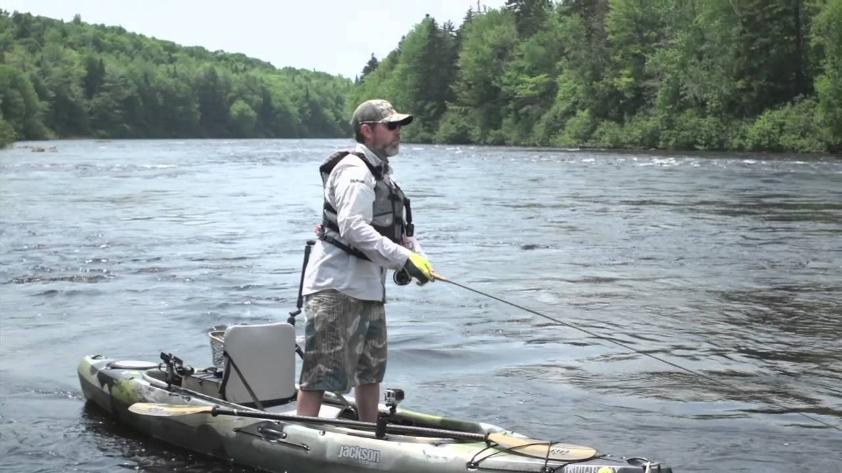Sea Kayaking and Kayak Fishing: How to Use Your Vhf Radio

Hi sea kayakers and kayak fishermen. Dave Williams here, writing about vhf radio use from Gloucester, Massachusetts via twitter.com/seakayak. Today's article: how channel 16 vhf radio mayday calls evolve into Coast Guard pan-pan calls. If you make a mayday call on channel 16 and the Coast Guard answers, sometimes the Coast Guard has to broadcast a pan-pan in return, asking that area boaters help find you.Also here's a kayaking I always follow when planning on buying any new fishing kayak for my fishing adventure https://fishingpicks.com/best-pontoon-boats/.
You probably already know what a mayday call is for. Something bad has happened to us on the water or the shoreline and we need help. Maybe we've capsized and can't get back into our kayak. Maybe we are paddling at night and get nicked by a ferry or powerboat. Or maybe the sea state has overwhelmed us - strong winds, heavy waves -- and the wind and tide are driving us further and further offshore.
These are just a few of the reasons why a sea kayaker or kayak fisherman might need to make a mayday call: we're in trouble, and we need help. We turn on the vhf, choose channel 16, select maximum watt output so we can broadcast as far and wide as possible. We say mayday three or four times, describe where we're calling from and what our problem is. Then we release the push-to-talk button and wait for someone to respond.
Most mayday calls get answered by the Coast Guard. After all, the Coast Guard monitors channel 16 twenty-four hours a day, day in, day out, year-round, and with their high site antennas they can pick up pretty much any mayday, regardless of how faint or brief or garbled it is. Once they pick up a mayday call, the Coast Guard does their best to suss the trouble.
What happens after the Coast Guard answers a mayday call varies. But one outcome we can depend on, especially if we can't describe our position or our call gets truncated due to radio trouble, is that the Coast Guard will broadcast a channel 16 pan-pan on our behalf, asking area boaters to be on the lookout for us. Meanwhile their search and rescue team will assess our call and run computer drift models or Rescue 21 analysis to figure out where we are, and how they should handle us.
Let's listen to an example of how a mayday can evolve into a pan-pan. In this vhf exchange, a boater off the coast of the mid-Atlantic coast of the US has hit a submerged object and is sinking. He's alone, and is unable to give his position with gps. He's inflated his liferaft and activated his EPIRB. Because he's unable to describe his position with much accuracy, the Coast Guard watchstander issues a pan-pan asking area boaters to be on the lookout for him.
Let's listen in:
Mayday call to pan-pan call on channel 16
Well, that's it for today's vhf radio article from Gloucester, Massachusetts, broadcast here on the Yahoo Contributor Network and over the web via twitter.com/seakayak.If you'd like to learn more about vhf radio use, follow me on Twitter @ Sea Kayak. And remember, should you overhear a pan-pan and see the boater the Coast Guard is looking for, let the Coast Guard know on channel 16. It's your right to do so, and the Coast Guard will be grateful for your help.